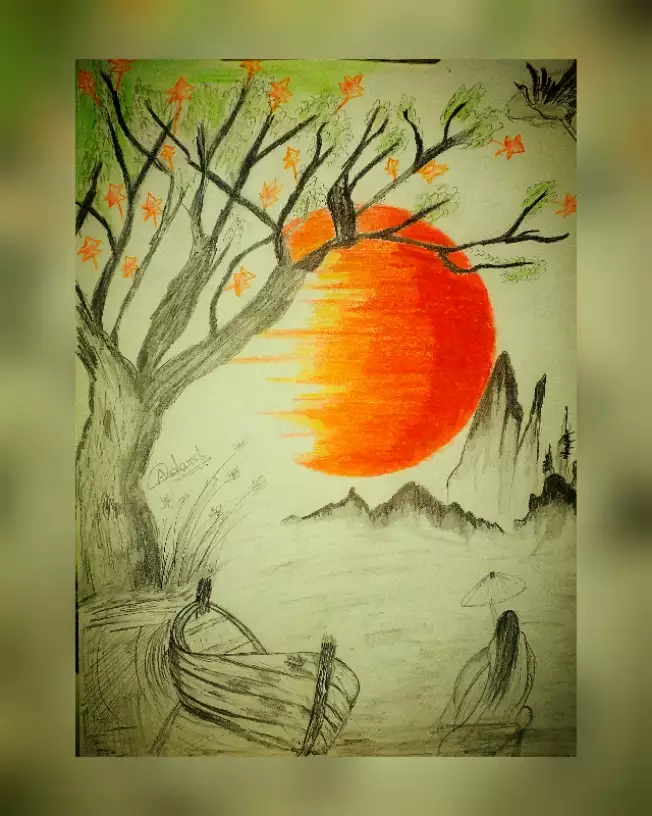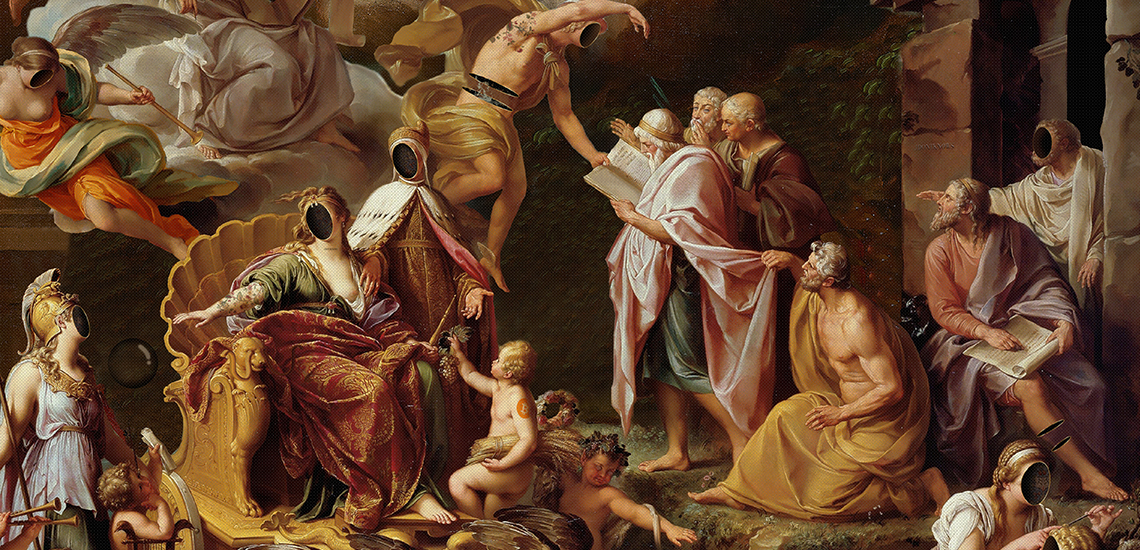Beginning on a Visual Journey With the Lyrical Analyses of Nature in Impressionist Landscapes
Each brushstroke, each play of light and darkness, and each color option in their works talks volumes about the musicians' deep connection to nature and their ability to convert its appeal onto the canvas. As we explore the lyrical analyses of nature in Impressionist landscapes, we are invited to submerse ourselves in a globe where truth and emotion link, providing a glimpse into the artists' extensive gratitude for the all-natural world.
The Captivating Brushstrokes of Claude Monet
Claude Monet's proficiency of brushstrokes transcends simple strategy, imbuing his landscapes with an aerial high quality that mesmerizes and mesmerizes viewers - trump art. His cutting-edge use shade and light, combined with his distinct brushwork, creates a feeling of movement and life within his paints. Monet's renowned collection of works illustrating water lilies and his iconic haystacks display his ability to record the fleeting effects of light and environment

Checking Out Light and Darkness With Camille Pissarro
Symbolizing a comparable reverence for the interplay of light and darkness, Camille Pissarro's imaginative vision unravels as a harmonious exploration of the environment's luminescent nuances. Pissarro, a key number in the Impressionist movement, masterfully captured the vibrant partnership between light and shadow in his landscapes. His proficient use shade and brushwork permitted him to convey the refined changes in light that specify various times of day and seasons.
Pissarro's paintings usually feature spotted sunshine infiltrating leaves, casting complex patterns of light and shadow on the earth below. In jobs such as "Hoar Frost, the Result of Snow, Pontoise," Pissarro skillfully depicts the crisp brightness of wintertime sunlight juxtaposed with the cool shadows that define the snowy landscape. By accepting both light and darkness in his compositions, Pissarro welcomes viewers to immerse themselves in the all-natural charm and short-term impacts of light worldwide around them.

With Pissarro's jobs, we are reminded of the transformative power of light and shadow, inviting us to stop briefly and appreciate the short lived minutes of beauty present in the everyday landscapes that surround us.
A Harmony of Colors by Edgar Degas
Edgar Degas manages a dynamic harmony of shades in his masterful artworks, infusing his make-ups with a vibrant interaction of hues that captivate the viewer's gaze. Understood primarily for his ballet dancers and intimate scenes of Parisian life, Degas adeptly adjusted shades to communicate mood and movement in his paints. trump art. His use vibrant, different colors and refined tonal variants produced a feeling of deepness and vibrancy within his works
Degas' color palette typically consisted of rich blues, deep environment-friendlies, and cozy oranges, which he applied with confident brushstrokes to capture the essence of his subjects. Whether representing a ballerina mid-performance or a team of good friends talking at a cafe, Degas' shades not only depicted the scene yet likewise evoked a feeling of emotion and energy.
Furthermore, Degas' testing with light and shadow included an extra layer of intricacy to his shade compositions, improving top article the general ambience of his paints (trump art). With his skilled adjustment of color, Degas produced a visual symphony that remains to resonate with viewers today
Checking out Nature's Serenity With Berthe Morisot
Berthe Morisot's imaginative vision provides a serene separation from the vibrant shade harmonies of Edgar Degas, as she records the tranquility of nature in her expressive landscapes. Understood for her fragile brushwork and intimate representations of day-to-day life, Morisot's landscapes important source emanate a sense of peace and harmony.
Morisot's paints usually feature soft, low-key tones that convey a feeling of peace and calmness. Her jobs, such as "The Cradle" and "Summer season's Day," display her capability to record the subtle charm of nature in a manner that is both soothing and contemplative to the visitor.
Unlike some of her Impressionist equivalents that concentrated on vibrant compositions and strong shades, Morisot favored to create gentle, introspective scenes that welcome the visitor to show and stop. Via her masterful use of light and darkness, Morisot develops a feeling of tranquility that resonates with the audience on a deep psychological degree.
The Psychological Landscapes of Vincent Van Gogh
Vincent Van Gogh's landscapes strongly convey a depth of emotion with their vibrant brushwork and meaningful use of color. The Dutch post-impressionist artist is renowned for his capacity to record intense and raw emotions in his paintings, going beyond conventional depictions of nature. Van Gogh's turbulent personal life, marked by mental health and wellness battles, greatly affected his art, instilling his landscapes with a feeling of unease, moody, or exuberance.
In works such as "Starry Night" and "Wheatfield with Crows," Van Gogh's swirling brushstrokes and vibrant shade selections evoke an extensive emotional reaction from viewers. The unstable skies and flustered landscapes in his paintings reflect his inner chaos and psychological disturbance, inviting viewers to look into the intricacies of his mind.
Van Gogh's special visual language, characterized by overstated viewpoints and strong use color, creates landscapes that reverberate with customers on a deeply psychological level. Through his art, Van Gogh welcomes us to see nature not simply as an outside reality however as a mirror of our innermost feelings and emotions.
Verdict
To conclude, the impressionist landscapes of artists such as Claude Monet, Camille Pissarro, Edgar Degas, Berthe Morisot, and Vincent Van Gogh offer a fascinating and unique aesthetic interpretation of nature. Through their usage of brushstrokes, light, emotion, and color, these artists have actually produced a symphony of images that evoke a sense of calmness and beauty in the environment. Their jobs remain to motivate and captivate viewers useful content with their lyrical analyses of the landscapes around us.
Each brushstroke, each play of light and darkness, and each color option in their jobs speaks volumes regarding the musicians' deep connection to nature and their capacity to translate its charm onto the canvas. His cutting-edge use of color and light, incorporated with his distinct brushwork, produces a feeling of activity and life within his paintings. His skilled usage of color and brushwork enabled him to communicate the refined changes in light that define different times of day and periods.
